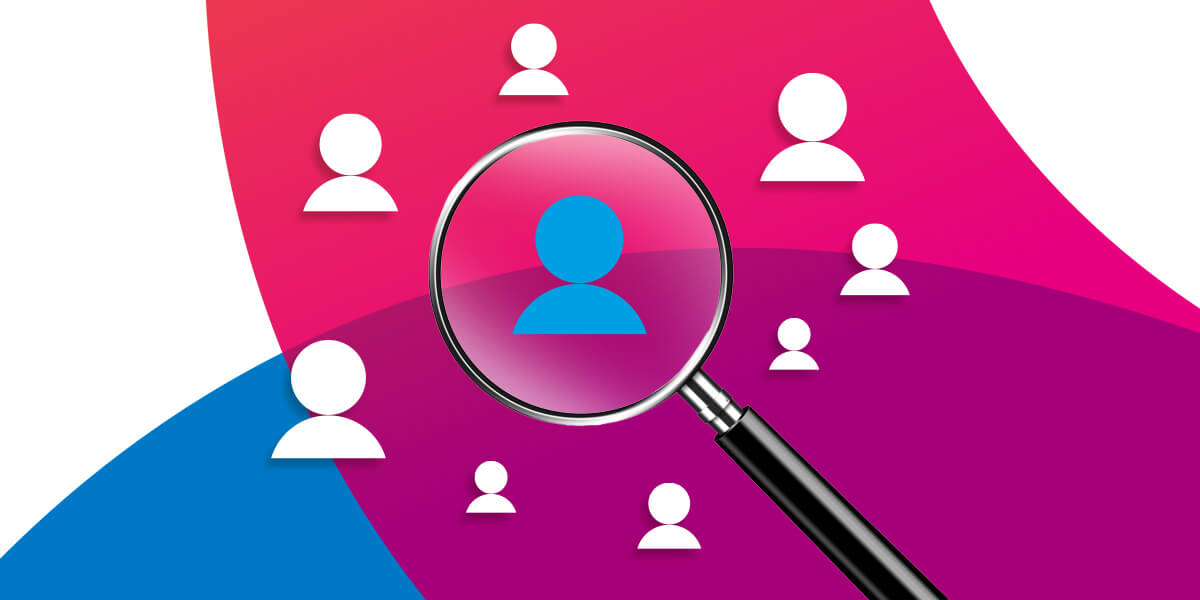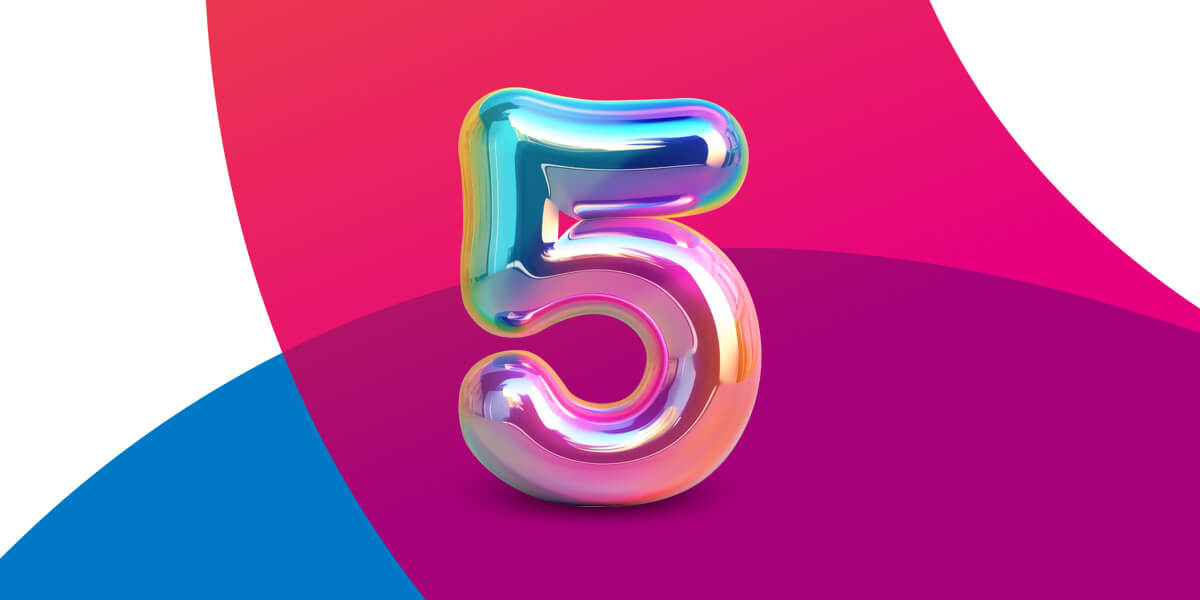Using technology, and specifically HR systems, is a great way to manage people data and processes, but sometimes that can go too far and your business actually ends up overcomplicating things and creating more work and problems than you had when everything was done manually.
A 2017 study showed that large businesses use approximately 90 different systems to manage staff data – which is a lot! These different systems can include things like payroll system, a benefits platform, an online wellbeing service, a training system, an applicant tracking system for recruitment and so on and so forth. Using so many different systems though is a real headache for businesses, and their employees. So an integrated HR system that brings as many of these stand alone systems together as possible, is hugely beneficial for all concerned.
Integrated HR System Benefits
Increased data accuracy
Storing data in different systems is simply storing up trouble. The more systems you use, the more chance you have of ending up with inaccurate or out-of-date data. Errors will occur in data entry, data might be updated in one system but not another, and if systems are unconnected and don’t talk to each other via an application programming interface (API), then the integrity of your data will be compromised.
You may also be compromised in terms of compliance with GDPR. These regulations have seven core principles, one of which is data accuracy. The regulations specifically state that, “Personal data shall be: accurate and, where necessary, kept up to date; every reasonable step must be taken to ensure that personal data that are inaccurate, having regard to the purposes for which they are processed, are erased or rectified without delay”. An integrated HR system therefore will improve data accuracy, minimise the risk of errors via duplicate entry and through self-service functionality, will enable employees to regularly check that their data is correct, and if it isn’t, to update it themselves quickly and efficiently.
Greater efficiency & productivity
One of the principal drivers for using technology and HR systems, is to streamline HR administration processes and in turn, to then improve the efficiency and productivity, not only of HR staff, but other employees who can use the system to take care of all their HR related needs.
When you have an abundance of different systems though, more time is spent by employees navigating between them, logging in and trying to find what they want as maybe they’re confused and not even in the right system – they may even stop using the systems all together. This means efficiency and productivity is therefore reduce and the systems don’t actually deliver the benefits you wanted. By having an integrated system it is clearer for staff and they have a much better user experience.
Self service functionality with a single log in to access everything employees need such as important documents, make holiday requests and access other HR related information, will drive efficiency and productivity up as staff spend less time working their way through different systems and more time doing their day job. An integrated HR system is also far more preferable for HR teams as they only have to learn how to use one system. This reduces the need for them to provide support to colleagues across multiple platforms and means that they spend more time dealing with HR matters than can make a valuable difference to their business.
Improved reporting
HR teams are often asked to provide a range of reports to managers and decision makers within their business. The reports can be about a wide range of HR related topics from salary information, to sickness absence data, to staff turnover rates. If you have to use multiple HR systems and data sources to collect the information you need, that is time consuming and increases the risk of data being inaccurate.
Given that key business decisions can be made on the basis of the data provided in these reports, it’s absolutely crucial that they are accurate. Decision makers also often want ad-hoc reports frequently and having an integrated HR system again provides for this to be done quickly. Rather than spending time crunching numbers, HR teams can then be involved in the decision making and help the business to implement any actions which might be needed.
Cost Savings
Technology is not cheap, and so it follows that the more systems you have, the greater the cost to your business will be. Many HR systems will change an initial set up and implementation cost, they’ll then charge each month, usually based on employee headcount, and there may also be annual maintenance or support costs to factor in as well. The numbers quickly add up and before you know it, the savings you projected are being eroded and HR is becomes a real cost to a business. By doing away with multiple systems and moving all your HR needs into a single integrated system, you will save your business a significant amount of expenditure.
Integrate your HR systems with HRX
If you’re thinking about integrating all of your HR platforms in to one single system, then why not try HRX? From effectively managing absence, to securing your all important employee data, our HR software will help streamline your HR process into one single integrated system, thus saving you time, money and stress! Sign up to our FREE 30 day trial today to see for yourself, or get in touch to find out more information on our software.




